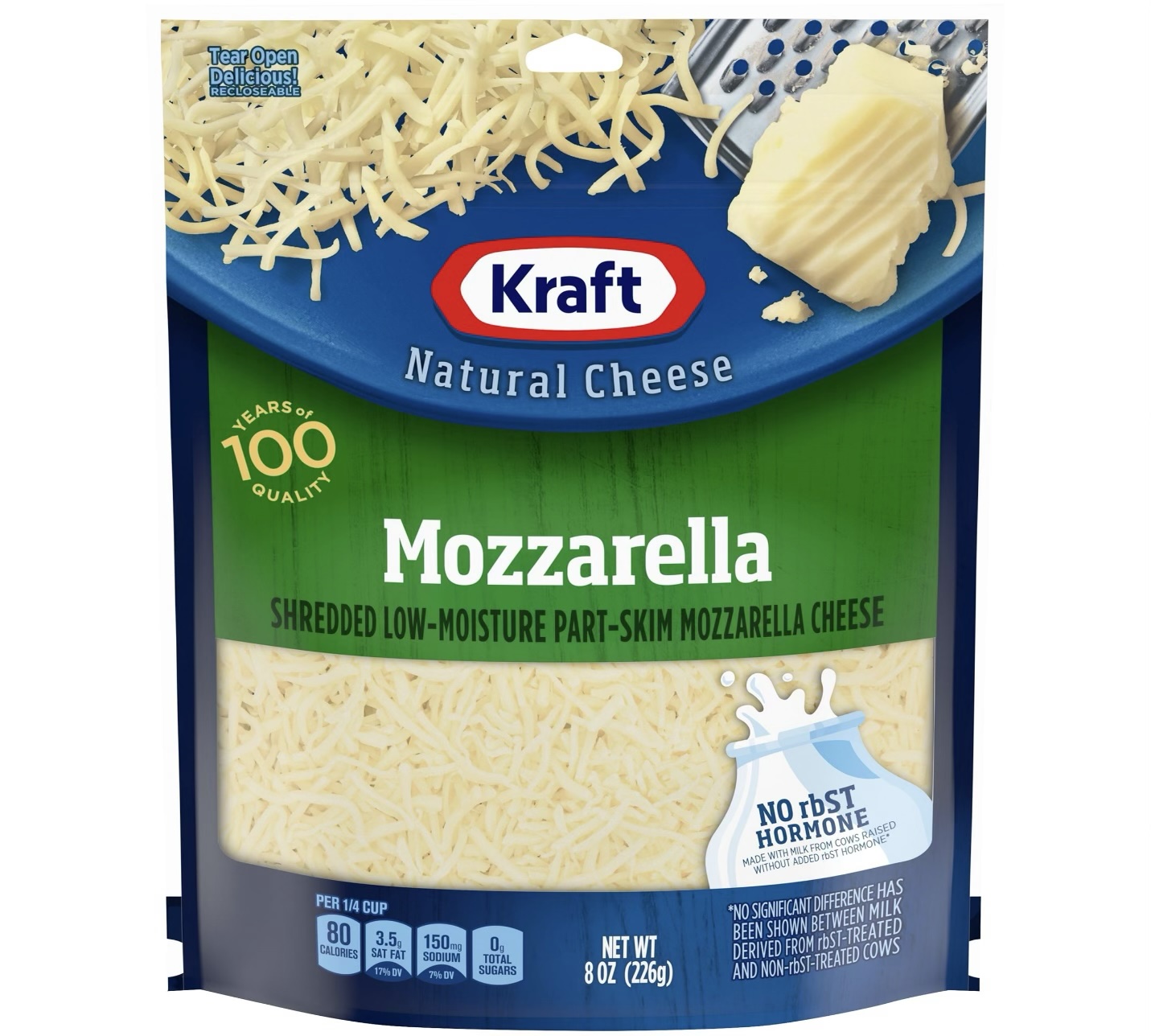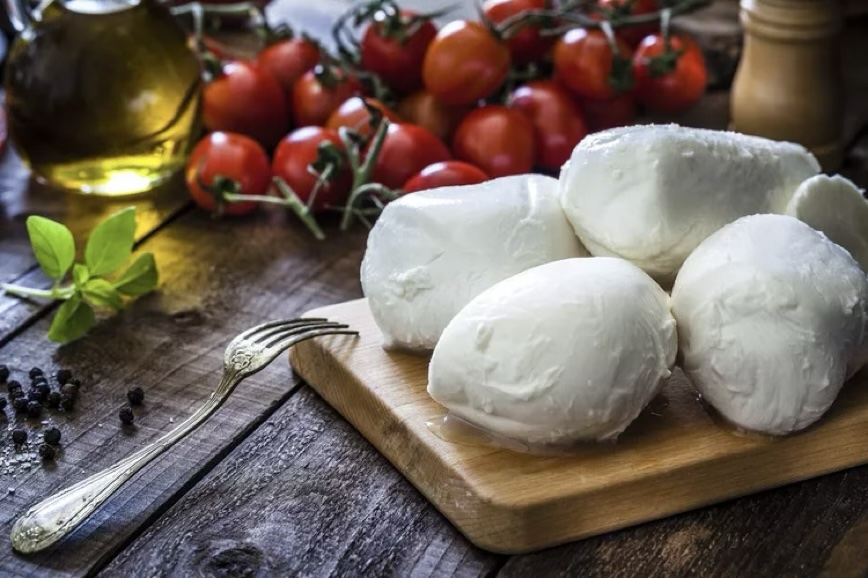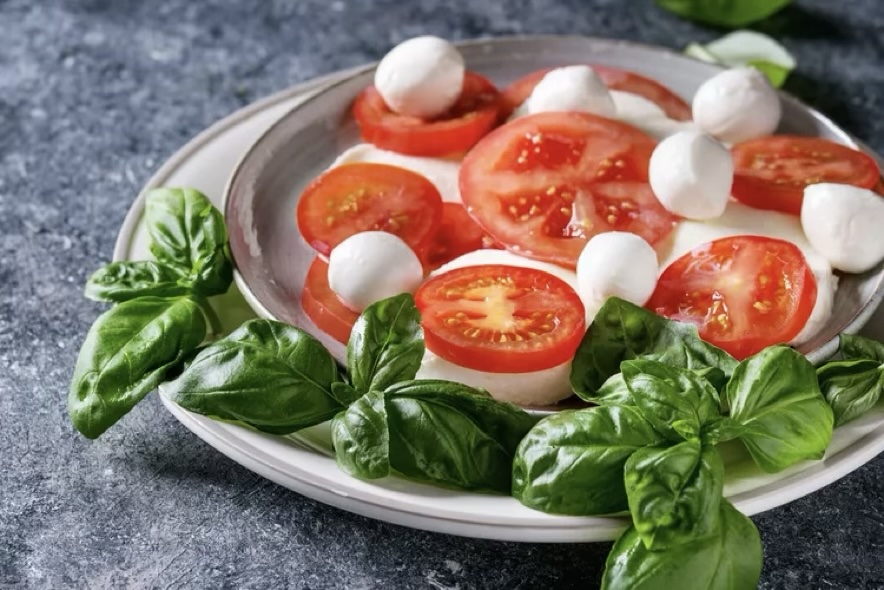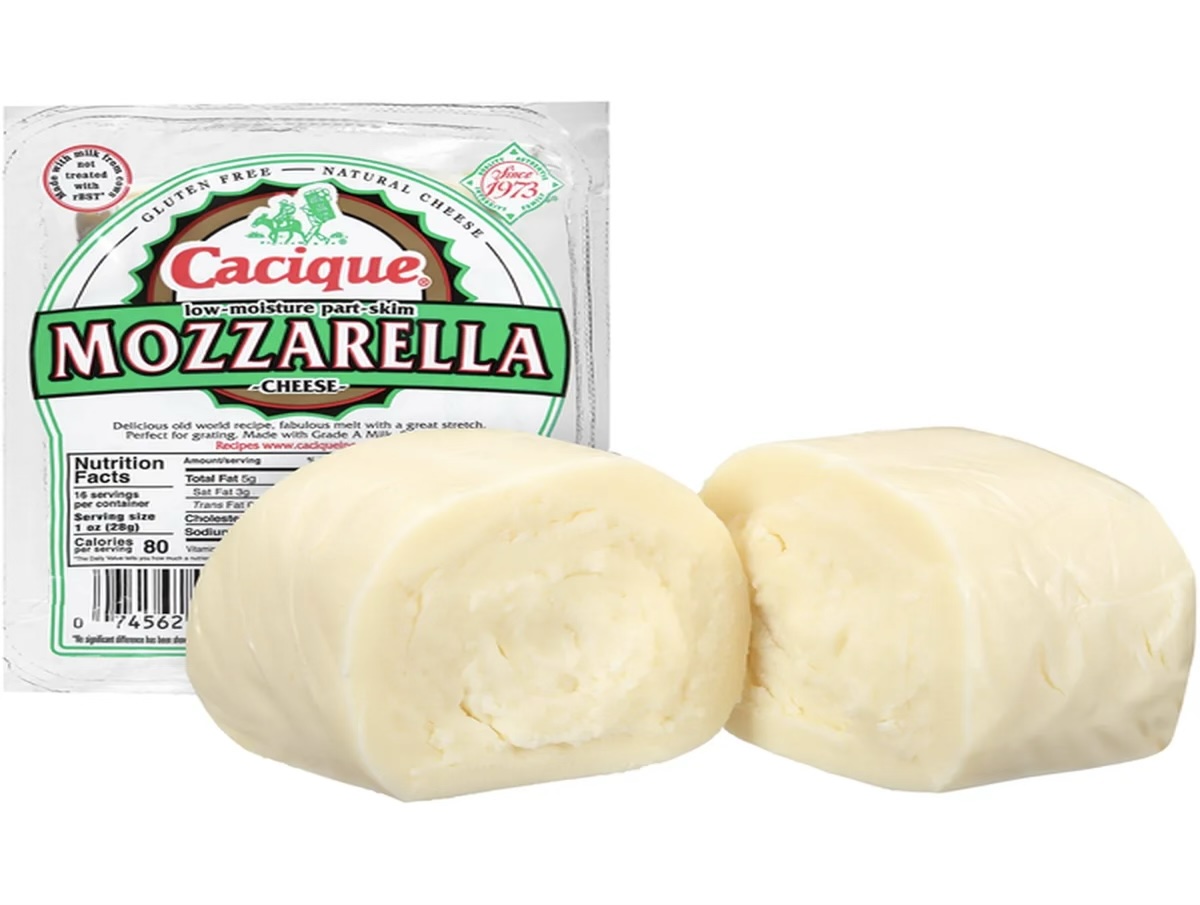If You Like Mozzarella, Read On
I read an article on mozzarella cheese a few years ago that gave me a whole new perspective on this common cheese. Turns out, there’s a lot more to mozzarella than the bag of shredded, part-skim cheese we all grew up with.

Nick DeSimone, author and professional cook, is a specialist in Italian cooking and knows all there is to know about mozzarella. Ever wondered what the difference is between fresh and part-skim mozzarella, or what “bufula” means or “firoe di latte” means? Well, Nick explains.
But first, what IS mozzarella cheese? All versions of mozzarella are a type of pasta filata cheese, Italian for "spun paste," which refers to a process of stretching, heating, and kneading curd cheeses. It’s usually made from cow's milk here in the states and can come fresh in brine or slightly dried and vacuum-packed. All mozzarella cheese varieties are considered soft cheeses and are not aged very long, if at all.
This lovely cheese can be divided into two main categories: fresh and low-moisture mozzarella. Low-moisture is an aged and dried version of fresh mozzarella. There are many different varieties within these two subgroups, all with their own strengths and best uses.

FRESH MOZZARELLA is stored in water and has a much shorter shelf-life. Most types of fresh can be 60% or more water, making it super soft and easy to cut or tear apart. Fresh mozzarella is best for eating plain, in Caprese or panzanella salads, on a Neapolitan-style pizza (or really any type of pizza cooked in a high-heat pizza oven), or simply alone as part of an antipasti spread.
It comes in all sorts of shapes and sizes. The tennis ball-sized sphere of fresh mozzarella, which is commonly carried in supermarket cheese cases, is the most common. Another common size of mozzarella is the bocconcini (aka "bite-sized.") About the size of a cherry tomato, they’re perfect for antipasti platters and dishes where you want a full bite of pure mozzarella.

Fiore di Latte is the formal name for the "basic" fresh mozzarella mentioned above, typically found in grocery stores. It's made with cow's milk and is essentially the all-purpose fresh mozzarella. Then there’s the marinated mozzarella (bocconcini) submerged in olive oil with different herbs and sometimes chili flakes mixed in. Unless otherwise marked, all fresh mozzarella can be considered fiore di latte.
The bufala mozzarella is made from a domesticated water buffalo in the Campania region of Italyv (much more similar to cows than the American buffalo we know). In the way that "Champagne" is sparkling wine that can only be made in the Champagne region of France, true bufala mozzarella can only be made with milk from this specific water buffalo in Campania.

Bufala mozzarella has twice the fat of regular fiore di latte and an incredible creamy and smooth texture. It's the mozzarella for authentic Neapolitan pizza and even has Protected Designation of Origin (PDO) status in Italy, in order to determine how and where it's made. Bufala mozzarella is of such high quality, it's perfect for enjoying plain as-is. Because of the PDO regulations, it can't be produced here in America, thus it’s hard to find.
LOW-MOISTURE MOZZARELLA isn’t stored in water and has a drier, denser texture with a saltier flavor than fresh. Low-moisture mozzarella is good for any dish that requires reliable, evenly distributed melting action—American or New York-style pizza cooked in a standard home oven, for instance. It’s also the choice for stick cheeses because it “pulls” so well.

With low-moisture mozzarella, it's more or less going to be about the same product regardless of whether it's labeled as "whole milk" or "part-skim." Whole milk mozzarella has more fat than part-skim, which lends slightly more richness.
You’ll find it in the cheese section of your grocery store in the above-mentioned string, ball, and shredded. So good on pizza, it bubbles and browns and gives you that quintessential cheese pull we all know and love.
 Alice Osborne
Alice Osborne
Weekly Newsletter Contributor since 2006
Email the author! alice@dvo.com
